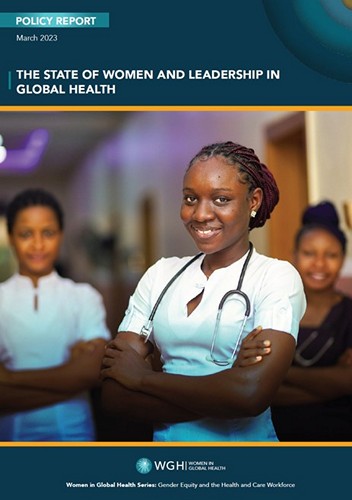EU – Zero Tolerance for Female Genital Mutilation
The International Day of Zero Tolerance for Female Genital Mutilation – February 6
EPRS_ATA(2017)595916_EN.pdf (europa.eu)
Zero tolerance for female genital mutilation
As part of broader efforts to combat all forms of violence against women and girls, the European Union (EU) is committed to working collectively to eradicate female genital mutilation (FGM) and to supporting its Member States’ efforts in this field. The European Commission assesses EU measures to combat FGM every year, on or around 6 February – the International Day of Zero Tolerance for Female Genital Mutilation.
Facts and figures
Female genital mutilation (FGM) includes all procedures that intentionally alter or cause injury to the female genital organs for non-medical purposes. FGM is carried out for cultural, religious and/or social reasons, mostly on young girls between infancy and the age of 15. It has no health benefits and can have serious immediate and long-term effects on health and wellbeing, as well as considerable healthcare costs.
The exact number of girls and women affected by FGM is not known, but the United Nations Children’s Fund (UNICEF) estimates that, worldwide, at least 200 million women and girls have been ‘cut’, while around 4 million girls are at risk of undergoing FGM every year. The practice, which is most common in 28 African countries, is also prevalent in parts of the Middle East and Asia, and is reported to a lesser extent elsewhere. Analysis and modelling by UNICEF and the UN Population Fund shows that prevalence has fallen in some regions, but progress could be neutralised by population growth in high-risk areas and ‘stagnating efforts’ to combat FGM. Since the coronavirus pandemic, multiple crises have blocked progress, putting more girls at risk of FGM and disrupting prevention efforts and access to support services. Clinics and hospitals practicing FGM, contrary to medical ethics, is a growing challenge.
Official EU-wide data on the prevalence of FGM in Europe are lacking. Four studies to map FGM, conducted by the European Institute for Gender Equality (EIGE) between 2012 and 2020, found that there are victims (or potential victims) in at least 16 EU countries: Austria, Belgium, Cyprus, Denmark, Finland, France, Germany, Greece, Ireland, Italy, Luxembourg, Malta, the Netherlands, Portugal, Spain and Sweden. The European End FGM network estimates that over 600 000 FGM survivors live in Europe and 180 000 girls are at risk in 13 countries alone. Around 20 000 women and girls from FGM-practising countries seek asylum in the EU every year, with an estimated 1 000 asylum claims relating directly to FGM. This number has grown steadily since 2008.
Commitments and action to combat FGM
FGM is a form of child abuse and gender-based violence, and is recognised internationally as a violation of the human rights of girls and women. The practice also violates a person’s rights to health, security and physical integrity; the right to be free from torture and cruel, inhuman or degrading treatment; and the right to life in cases where the procedure results in death. Measures have been adopted at international, EU and national level to prevent FGM and to protect FGM victims.
Instruments and action at international level
At international level, United Nations (UN), African Union and Council of Europe standards are benchmarks for work to combat FGM. Key treaties, including the Convention on the Elimination of All Forms of Discrimination against Women (CEDAW), the Convention on the Rights of the Child, and the Geneva Convention, all cover FGM indirectly, with specific guidance on protection and asylum for victims. In Africa, the 15 parties to the Maputo Protocol have committed to eliminate FGM (Article V). The Council of Europe’s Convention on Preventing and Combating Violence against Women and Domestic Violence (Istanbul Convention), is the first treaty to recognise that FGM exists in Europe (Article 38), and sets out specific obligations on preventing and combating the practice and providing support for victims and those at risk.
The UN’s longstanding efforts to end the practice culminated in its first specific resolution on FGM in 2012, calling for the adoption of national action plans and comprehensive strategies to eliminate it. The UN 2030
Извор: WUNRN – 06.02.2024



